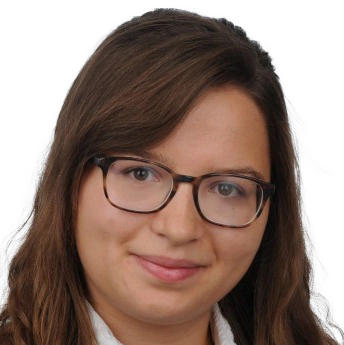Research Group Christian Kühn
Christian Kühn
leads the Multiscale and Stochastic Dynamics at TU Munich.
The research interests of his group are very broad and lie at the interface of differential equations, dynamical systems and mathematical modelling. In terms of application areas, the group works on a wide range of problems in areas such as biophysics, climate science, ecology, epidemiology, fluid dynamics, neuroscience, among others. In the context of machine learning, we are particularly interested in ‘mathematics for ML’, i.e., to try to understand, when AI is efficient and robust, or when it is prone to adversarial attacks. In fact, all machine learning algorithms can be viewed as dynamical systems, e.g., such as DNNs, transformers, etc are basically particle systems on networks. Also training algorithms are iterative mappings leading again to dynamics, e.g., SGD is a stochastic/random dynamical system.
Publications @MCML
2025
A Dynamical Systems Perspective on the Analysis of Neural Networks.
Preprint (Jul. 2025). arXiv
Analysis of the Geometric Structure of Neural Networks and Neural ODEs via Morse Functions.
DS 2025 - SIAM Conference on Applications of Dynamical Systems. Denver, CO, USA, May 11-15, 2025. To be published. Preprint available. arXiv
The Influence of the Memory Capacity of Neural DDEs on the Universal Approximation Property.
Preprint (May. 2025). arXiv
©all images: LMU | TUM

